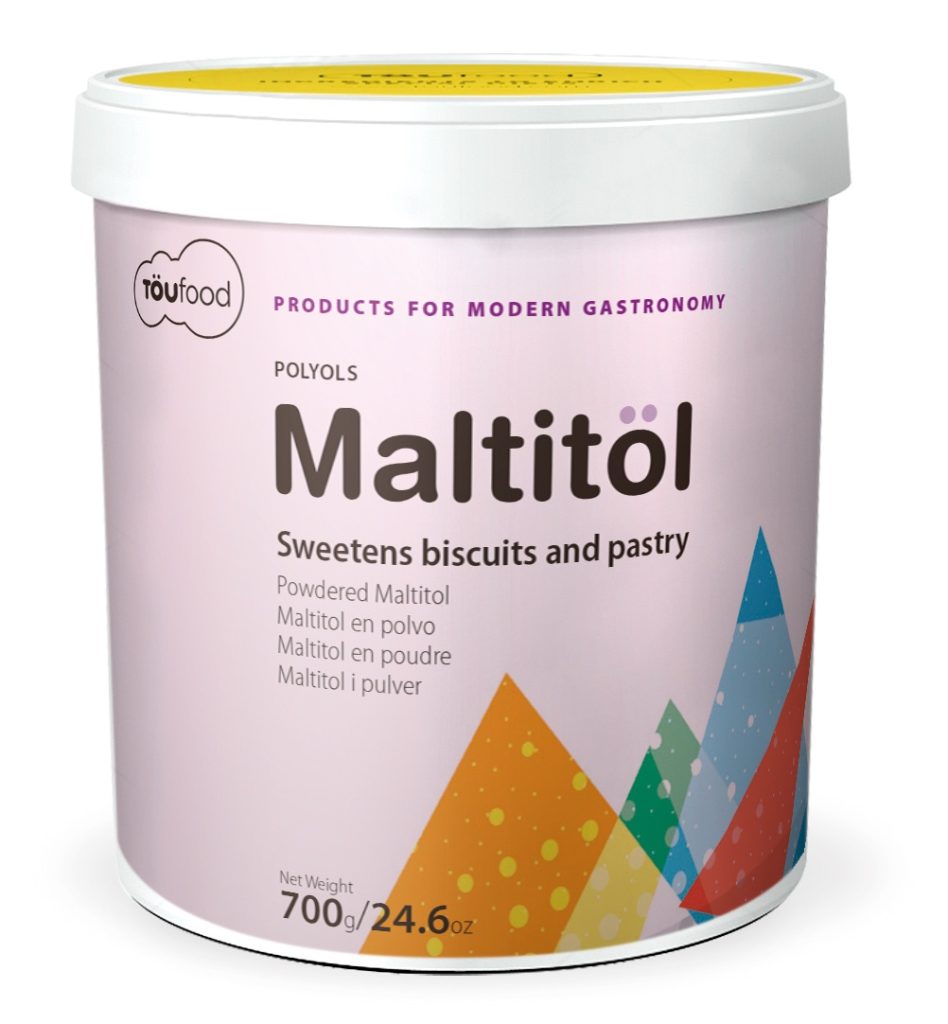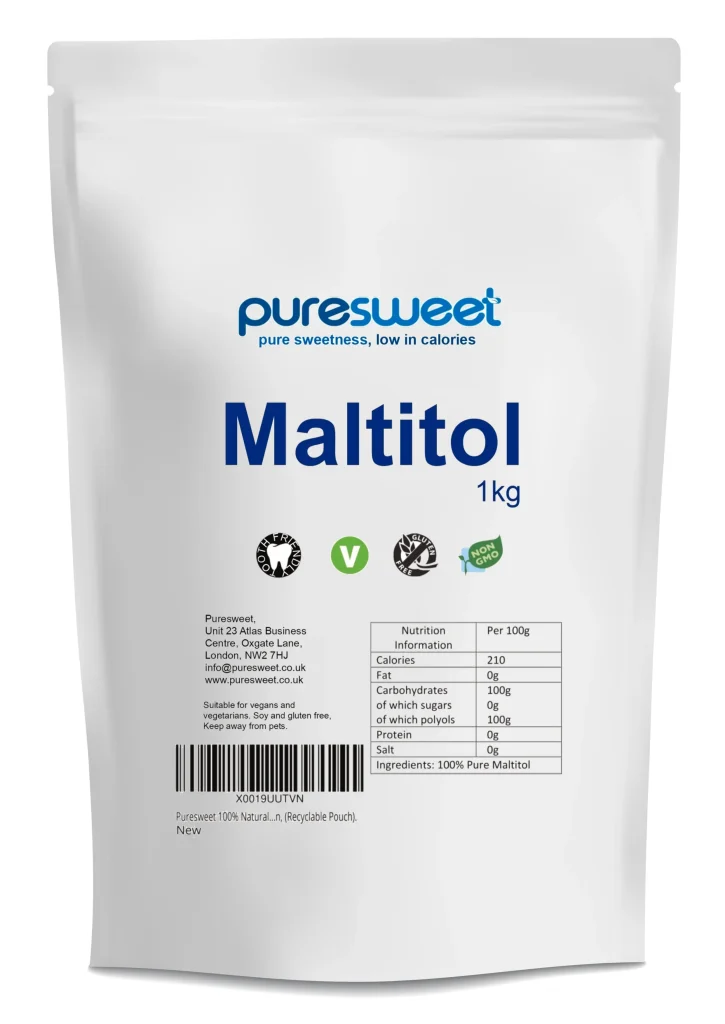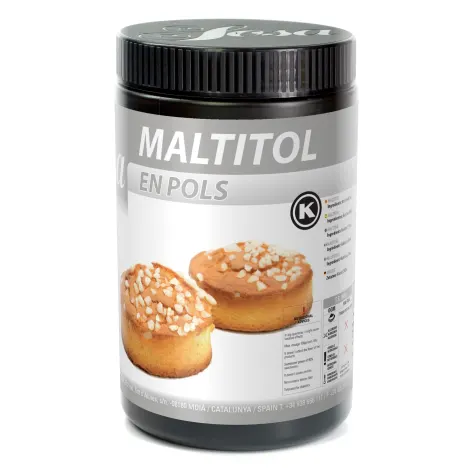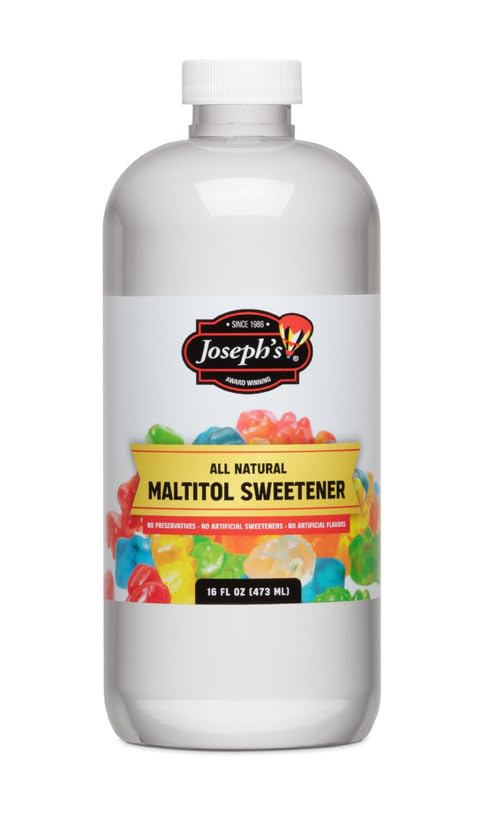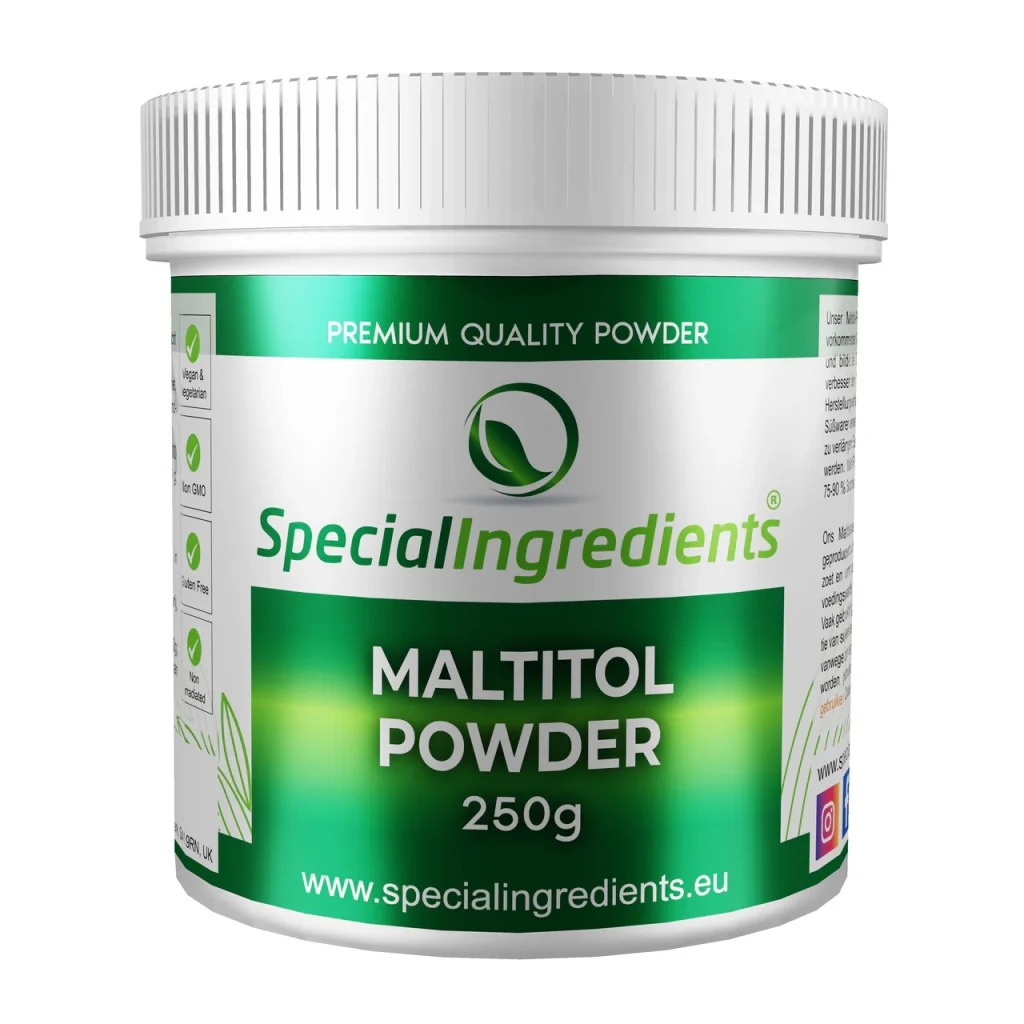What’s Maltitol ?
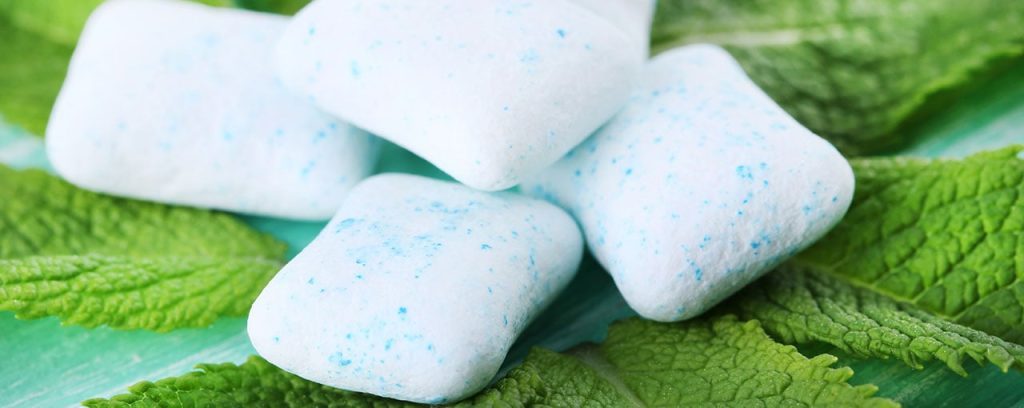
Maltitol is an alpha-D-glucoside consisting of D-glucitol having an alpha-D-glucosyl residue attached at the 4-position. Used as a sugar substitute. It has a role as a metabolite, a laxative and a sweetening agent. It is an alpha-D-glucoside and a glycosyl alditol. It is functionally related to an alpha-D-glucose and a D-glucitol.
Maltitol (pronounced mall-ti-tall) is a type of carbohydrate called a sugar alcohol, or polyol, which are water-soluble compounds that occur naturally in many fruits and vegetables. Maltitol is produced from starches that are rich in the sugar maltose (a disaccharide consisting of two glucose molecules). It is used in food items such as baked goods, chewing gum, sugar-free chocolates, chocolate coatings, hard candies and ice cream to provide body, sweetness and creamy texture.
Applications
1.Bakery
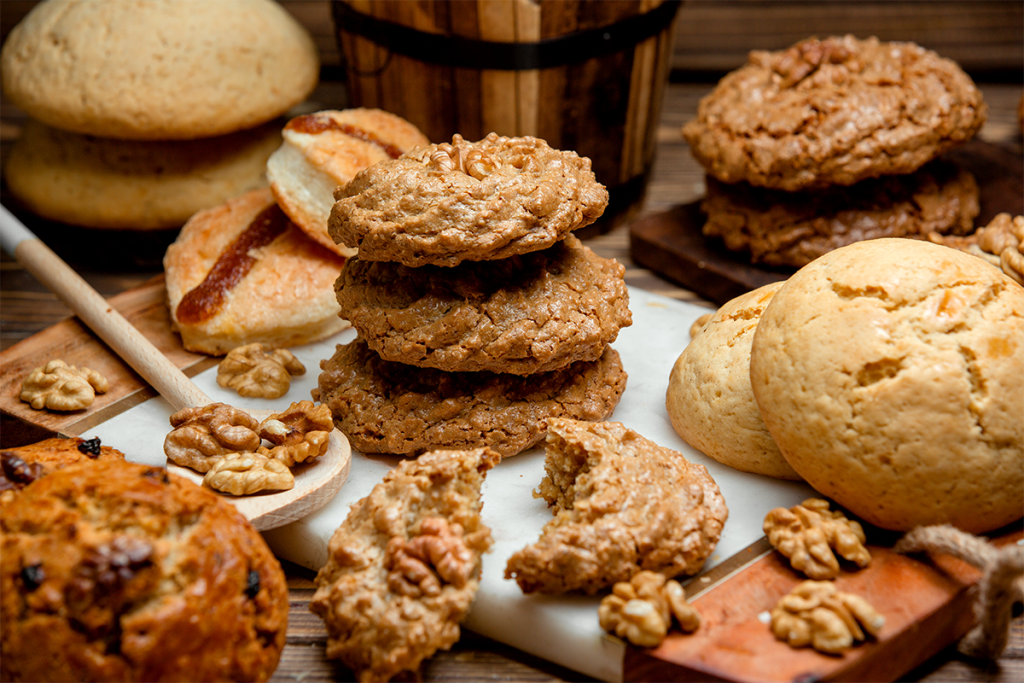
2.confectionary

3.Dairy & Ice Cream
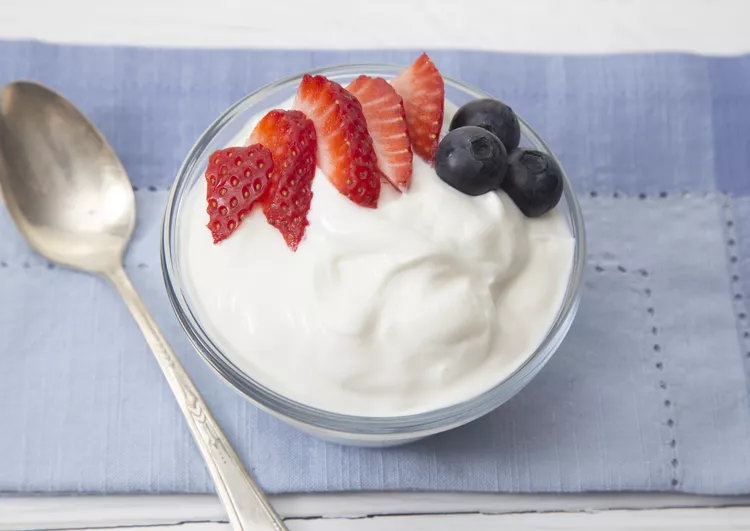
4.Snacks
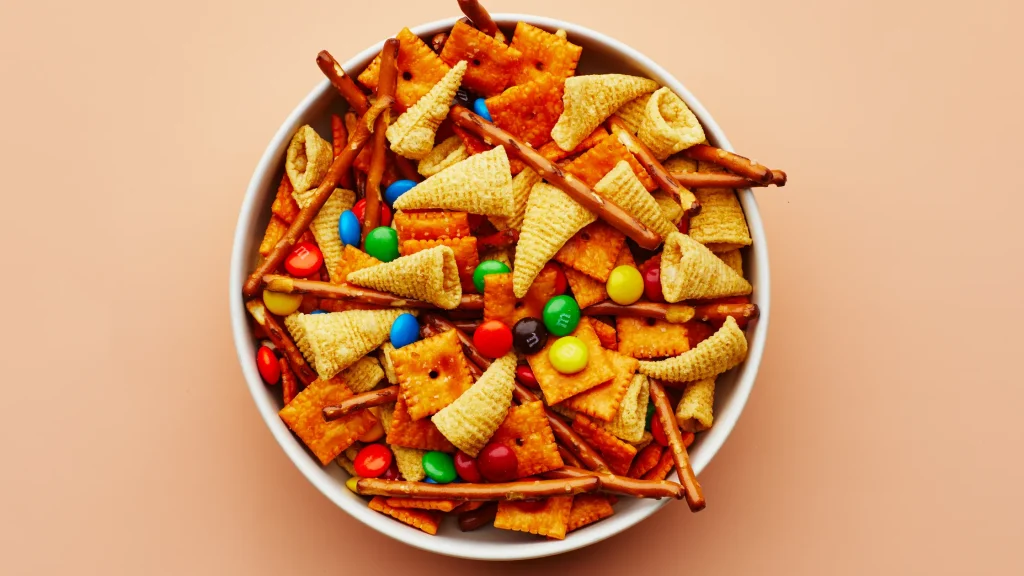
5.Pharma

Health Benefits
Maltitol allows you to get a sweetness that is close to that of sugar, but with fewer calories. For this reason, it may help with weight loss.
It also doesn’t have the unpleasant aftertaste that other sugar substitutes tend to have. This can help you to stick to a lower-calorie diet if you’re trying to lose weight or manage diabetes.
Maltitol, and other sugar alcohols, also don’t cause cavities or tooth decay like sugar and other sweeteners do. This is one reason they are sometimes used in:
- gum
- mouthwash
- toothpaste
Oral health
Sugar alcohols have been shown to benefit oral health in several ways. When we eat a food containing maltitol, bacteria in our mouths begin to metabolize it, though this process is incomplete because we lack the necessary enzymes. As a result, oral bacteria produce much less acid (10–30% less) compared with sugar. Thus, maltitol is considered noncariogenic (ie. “tooth-friendly”) because the acids produced from maltitol metabolism do not contribute to enamel erosion or cavity formation.
The act of chewing also protects teeth from cavity-causing bacteria by promoting the flow of saliva. This increased saliva and other noncariogenic properties (e.g., sweetness and cool taste) are why sugar alcohols like maltitol, mannitol, sorbitol and xylitol are used in sugar-free chewing gum. Because of these attributes, the FDA recognizes maltitol and other sugar alcohols as beneficial to oral health.
Blood sugar
Like other sugar alcohols (with the exception of erythritol), maltitol contains calories in the form of carbohydrate. It is slowly and incompletely metabolized in the small intestine into equal amounts of glucose and sorbitol. Glucose is readily absorbed in the small intestine and sorbitol continues to the large intestine where it is fermented by microbes in the gut. Because of this, maltitol consumption (compared with an equal amount of sugar) requires less insulin secretion, which helps keep blood glucose levels lower.
Food sources of Maltitol
It is not found abundantly in nature. It is commercially produced from starch to help reduce calories from sugars in packaged foods. Of all the sugar alcohols, maltitol’s properties are the most similar to sucrose. Because of this, maltitol is commonly used in baked goods, chewing gum, sugar-free chocolates, chocolate coatings, hard candies and ice cream for the desired attributes of creamy texture, sweetness, high melting point and color retention at high temperatures.
Precautions
It is considered a safe alternative to sugar, but there are some precautions you should be aware of.
Maltitol is found in many sugar-free products, but people with diabetes should remember that it’s a carbohydrate. This means that it still has a glycemic index. While not as high as sugar, it still has an effect on blood glucose.
It’s important to note that your body doesn’t absorb as much sugar alcohol as sugar.
It is not completely digested and results in a slower rise in blood sugar and insulin levels when compared to sucrose (table sugar) and glucose. So, it can still be used as an effective alternative for people with diabetes. They just need to monitor their intake of it and read labels.
After eating maltitol, some people experience stomach pains and gas. It also can act similarly to a laxative and cause diarrhea. The severity of these side effects depends on how much of it you eat and how your body reacts to it.
There aren’t any other major health concerns with using maltitol or other sugar alcohols.
Alternatives to maltitol
Maltitol and sugar alcohols are generally used as an ingredient. They’re not normally used alone. Because of this, there are some easy alternatives you can use in your cooking and baking if you experience gas and stomach pains with maltitol.
These alternatives will also still help when you need to limit your sugar intake for either weight loss or diabetes.
Stevia
Stevia is considered a novel sweetener because it’s a combination of other kinds of sweeteners. It doesn’t really fit into any other category. The stevia plant grows in South America. It’s 200 to 300 times sweeter than sugar and doesn’t contain calories.
In contrast to sugar and other sweeteners, stevia does contain some nutrients, including:
- potassium
- zinc
- magnesium
- vitamin B-3
The stevia plant is also a source of fiber and iron. Currently, the Food and Drug Administration (FDA) has only approved refined stevia.
Maltitol vs Erythritol: Choosing the Best Sugar Substitute
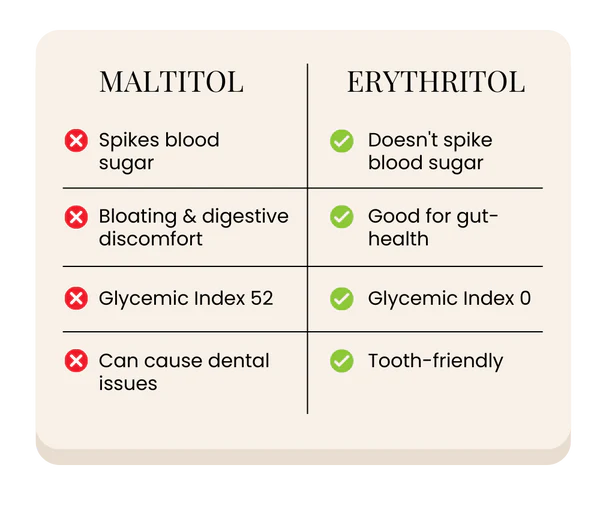
This is also a sugar alcohol. However, unlike maltitol, it doesn’t have a glycemic index and has fewer calories. It also doesn’t usually cause stomach pains or gas. Since it’s still a sugar alcohol, it doesn’t have the unpleasant aftertaste of artificial sweeteners.
Agave and other natural sweeteners
Agave nectar is considered a natural sweetener, but it can still be processed to some degree. It’s one of the highest sources of refined fructose — more than table sugar.
Table sugar contains about 50 percent refined fructose. Refined fructose consumption is associated with:
- obesity
- fatty liver disease
- diabetes
Honey, maple syrup, and molasses are also natural sweeteners. They all contain varying amounts of refined fructose. Most of these, including honey, are very similar to sugar, including their calorie content. They should be used primarily for their taste and not to save on calories.
The takeaway
Many people are trying to reduce their sugar intake, for reasons such as weight loss and diabetes. Maltitol and other sugar alcohols can be appropriate alternatives.
But it’s important that you discuss eating items containing maltitol with a healthcare professional and dietitian if you have diabetes.
They’ll be able to determine if it’s the best sugar alternative for you. They can also help you figure out the best amount to consume to help you avoid the unpleasant side effects.
It’s best to be informed and to read labels. Don’t assume that when a product says sugar-free that it’s calorie-free. Depending on the type of sweetener used, it may still have calories and a glycemic index that will affect your weight loss goals or health conditions like diabetes.
Cooking at home is one of the best options if you want to have more control over your:
- sweeteners
- calorie intake
- blood glucose levels
There are plenty of great recipes you can make yourself. You can use the sugar alternatives the recipes suggest or experiment by using your favorites.
Keep in mind when experimenting with sweeteners that they each have a different level of sweetness. It may take a couple of tries to get the flavor to your liking.
Is Maltitol Safe for People With Diabetes?
Maltitol is safe for people with diabetes.
However, keep in mind that it’s a carbohydrate so it will affect blood sugar.
The glycemic index of maltitol is 35, which is much lower than that of sucrose(65). This means that blood sugar will rise less quickly after eating maltitol than it would after eating the same amount of sucrose.
For people taking insulin, dietitians suggest checking the sugar alcohol content of foods when counting carbohydrates. If there are more than 5 grams of sugar alcohols, subtract half of those grams from the total grams of carbohydrate and count that as the “available carbohydrate” for insulin adjustment purposes.
Even though maltitol doesn’t cause blood sugar to rise as quickly as sucrose does, that doesn’t mean you should eat as much of it as you want.
Increasing evidence suggests that using low-calorie sweeteners like maltitol on a daily basis is associated with weight gain and increased blood sugars over time.
Is Maltitol Safe For People Who Avoid Gluten?
Maltitol is gluten-free.
Even when it’s made from wheat, maltitol does not contain any wheat proteins. Therefore, it’s safe for those who need to avoid gluten.
Maltitol As Supplement
